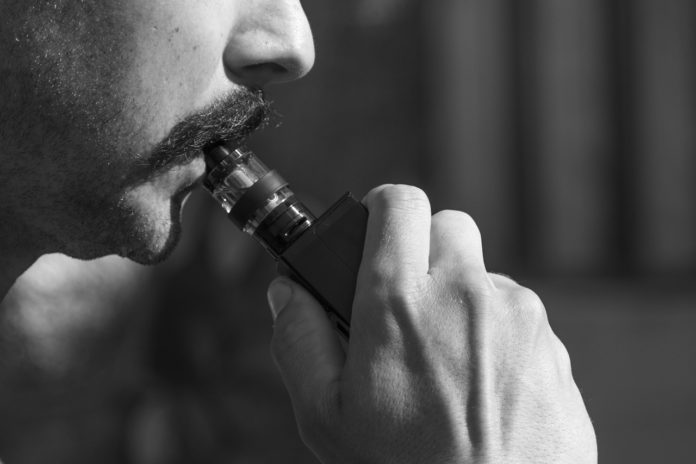Some short fills, a popular e-liquid product, could be harmful due to a loophole in regulations, claims an industry expert.
Also known as “shake and vape” liquids, short fills are e-liquids that don’t contain any nicotine. Instead of being used on their own, they’re typically under-filled by manufacturers, allowing end users to add an additional flavour-free shot of nicotine.
Current UK regulations limit the size of e-liquids containing nicotine, allowing them to be sold in bottles of 10mL or less. However, short fills are not regulated under the Tobacco and Related Products Regulations 2016 (TRPR) as they don’t contain any nicotine.
Because of this lack of regulation, some short fills are being produced in unsafe conditions by “unscrupulous people.” A leading e-cigarette expert claims that this is putting end users at risk of being sold unsafe products that could contain dangerous chemical additives.
The practice is getting “out of control”, according to industry expert Mark Fawcett, manager of the website GoSmokeFree.co.uk.
According to Mr Fawcett, the lack of regulation regarding short fills creates safety risks for users of e-cigarettes and other vaping products by allowing unscrupulous manufacturers to make their own e-liquids, often without any significant oversight.
“The government put legislation in place to make sure everyone could be held accountable but now with these short fill bottles, this legislation is being sidestepped. MHRA is not regulating these products and that’s a big mistake, as no one is patrolling the products vapers are using.”
““Because the short fills only consist of vegetable glycerin, propylene glycol and flavourings, unscrupulous members of the public think they can just throw anything together and try and make a few pennies from it.”
This can lead to consumers buying products that aren’t manufactured safely, including some short fills that could contain substances such as diacetyl, 2,3-pentanedione and acetoin.
“Professional e-liquid manufacturers spend thousands of pounds on testing to make sure their products are safe for consumer use and don’t contain any nasties.”
“Due to the move in the market towards short fills, unscrupulous people are making e-liquids from the comfort of their homes with little to no knowledge of safety or good manufacturing practices. These e-liquids are then distributed to vendors or sold directly on eBay.”
“People buying the liquids have no idea what has gone into their liquid or if it was manufactured in a clean environment. Potentially, someone could make a deliberately bad batch, sell it locally and never have to deal with the consequences – that can’t be right.”
These weaknesses in the existing laws could leave users of short fills exposed to products that are unsafe, unsanitary or deliberately compromised.
In response to the weak regulations regarding short fills, Fawcett recommends that consumers take a hands-on approach to checking that they’re buying reliable products. Options include:
- Checking that products are made by companies properly registered with the MHRA, which can be checked online.
- Avoiding products from countries with few or no safety regulations regarding e-liquids and other vaping products.
- Checking the labels of products for warning signs such as statements that they have been “manufactured for” rather than “by” a company to avoid legal exposure.
As for changes to the existing regulations, they could be far in the distance. Currently, the UK’s top health authority, the MHRA, has stated that short fills are outside the scope of existing UK regulations as they do not contain nicotine.







